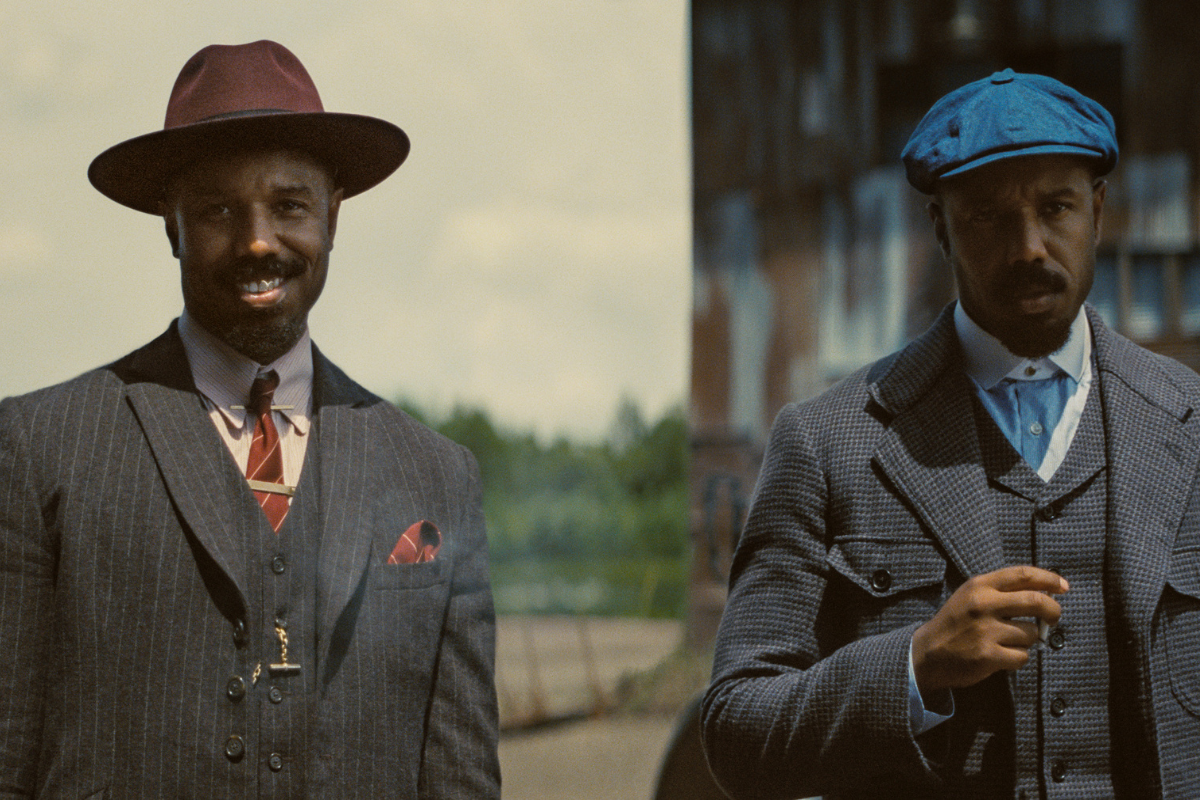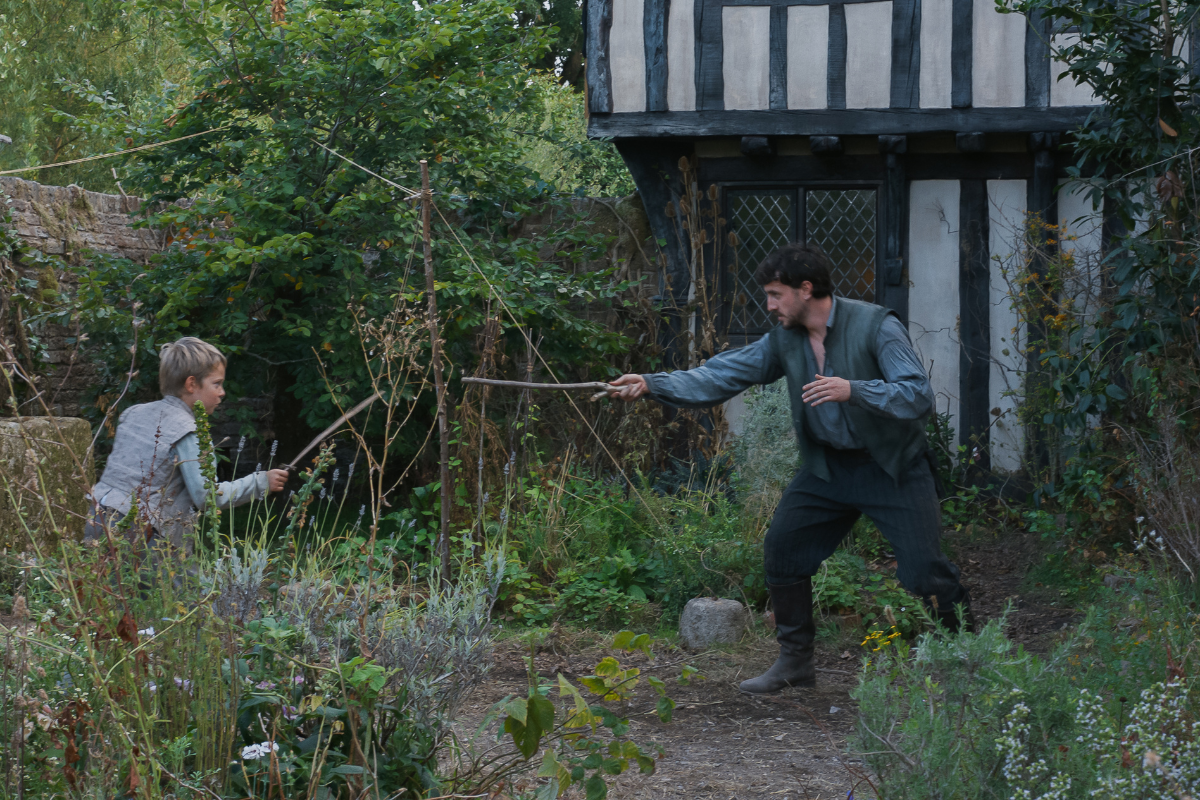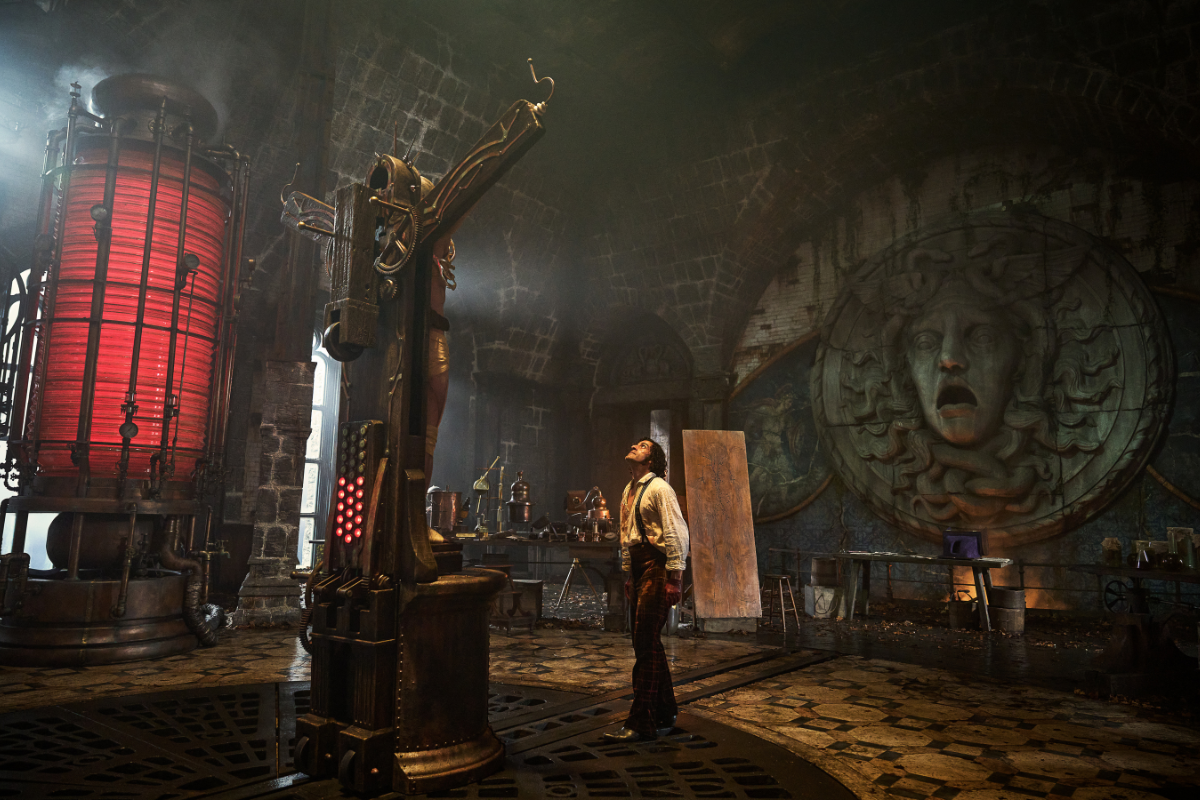Ask the Expert: How to Use Transitions
Q: What is the right use of transitions in formatting your script? A: Transitions are used to indicate a special passage from one scene to another. In old Hollywood, “CUT…
Q: What is the right use of transitions in formatting your script?
A: Transitions are used to indicate a special passage from one scene to another.
In old Hollywood, “CUT TO:” used to be used to end every scene, but that is now considered bad form that wastes page space and clutters up reading the script. This after- every-scene usage should be avoided by modern screenwriters, as the use of an INT. or EXT. scene heading tells us we’re cutting to a new scene.
If you use “CUT TO:” these days, it’s for very special emphasis – you drawing purposeful attention to the move from one scene to another. But use them to sparingly for special emphasis only -- think of it as double exclamation points, something I hope you don’t use in a script very often!!
A JUMP CUT is when you are purposefully making the cut to the next scene or image noticeable. Most of the time editors what to “hide” the cut so it’s not noticed, but a JUMP CUT draws attention to it because it feels like the cut “jumped.” There are technical reasons for this (anyone want to get into a discussion of “the line”?), but usually what the write is trying to do is make the viewer aware that the story or image has “jumped” to something new and special.
A MATCH CUT is kind of the opposite of a Jump Cut: instead of a “jump,” you want the two images to match so smoothly that the viewer makes the obvious connection between the two. MATCH CUT from the bore of a gun to eclipse of the sun (or moon). A young child’s face MATCH CUT to the same person as an adult. These kind of cuts are asking the viewer to add 2 and 2 and get 5 ... a sum that’s a little more than each image has separately.
A very typical transition is “DISSOLVE TO:” DISSOLVES evoke a passage of time, or a “slowing down” of tempo as two images overlap.
FADE TO BLACK is just what it sounds like: the image fades to total black and the screen goes dark. Often this is done at the very end of a script (but is not necessary to write), but can be done to give a sense of finality to a scene or sequence. Be careful with these – too many, and the rhythm of your script feels like a beginner driver – all herky-jerky stops and starts.
These are the most common kinds of transitions; there are more, but the most important thing to remember is this; be frugal in their usage and make sure your intent with them is clear.
And as for technical layout, transitions are always capitalized and placed flush with the right hand margin. Also, always double space before and after them.
William Pace received his MFA in Film from NYU, has written four produced feature films one of which he directed – and several TV episodes. He teaches screenwriting at NYC’s The New School and is its Screenwriting Advisor. And believe it or not, he’s listed in the book Celebrities in Hell.
Top screenwriting and film publication, founded in 1989, published by Active Interest Media. Twitter: @scriptmag







